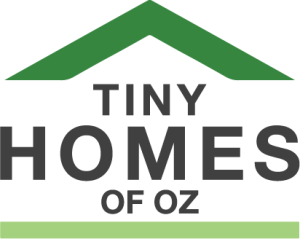The Tiny House Movement is a growing trend that has captured the attention of many people around the world. With the rising cost of living and the increasing desire for a simpler, more sustainable way of life, more and more people are turning to tiny homes as a solution. With reduced bills, small or no mortgage payments, and the freedom to travel, tiny homes offer a lifestyle that many find appealing.
However, before you start building your tiny home, there is one crucial thing that you need to know. Different laws apply to different locations, and knowing where you can put your tiny home is essential to avoid any legal issues down the line.
Here’s a comprehensive breakdown of the three placement options for tiny homes in Queensland, along with the rules and regulations that apply to each:
Setting Up in a Backyard
One option for placing your tiny home is on the same lot as a “main dwelling” like a house or apartment. This placement is known as a granny flat, and it has its own size and structure regulations set by the local council.
The advantage of this option is that you don’t necessarily need council approval, but you will need to get your granny flat approved by a private certifier. It’s essential to ensure that the combined number of occupants in the tiny house and main property doesn’t exceed the local council’s limits. In Brisbane, for example, only five unrelated people are allowed to dwell on the same lot.
Using a Vacant Lot
If you choose to build your tiny house on a vacant lot, you’ll need to get your construction approved by the local council. This means you’ll have to comply with the building codes that apply to regular houses, including minimum sizes, smoke alarm rules, plumbing and electrical standards, and more.
You can find these codes in the Building Act of 1975, or you can get a lawyer to inform and review your plans. It’s crucial to ensure that your tiny house complies with all the building codes before you begin construction to avoid any legal issues.
Tiny Houses on Wheels
Tiny Homes of Oz can build and supply our tiny homes on wheels, so they can move around and avoid jurisdictional restrictions. However, once your home has wheels, it is no longer considered a permanent structure and is instead classified as a caravan or light truck.
No matter where you travel in Australia, you’ll need to comply with the Motor Vehicle Standards Act 1989. In addition to this, you’ll need to comply with state laws relating to movable dwellings, such as the Residential Tenancies and Rooming Accommodation Act 2008 and the Transport Operations (Road Use Management) Act 1995 in Queensland.
It’s essential to seek legal advice before you build your tiny home to ensure that it’s the right shape, size, and weight, and that you’re meeting all the safety requirements, such as installing a fire extinguisher.


